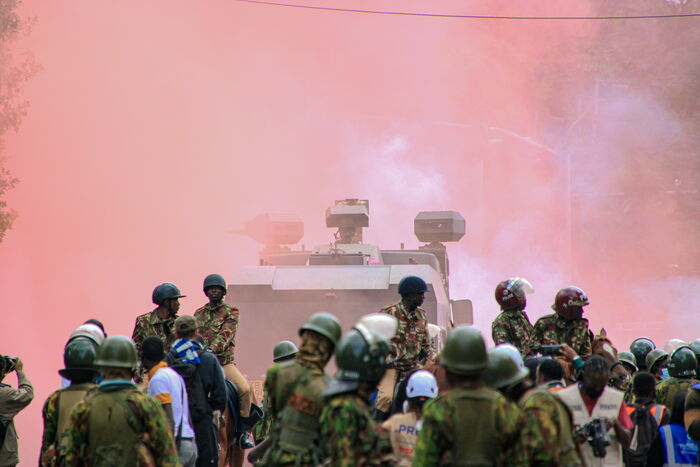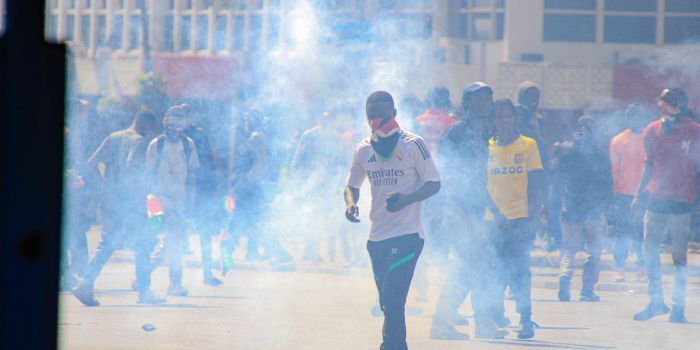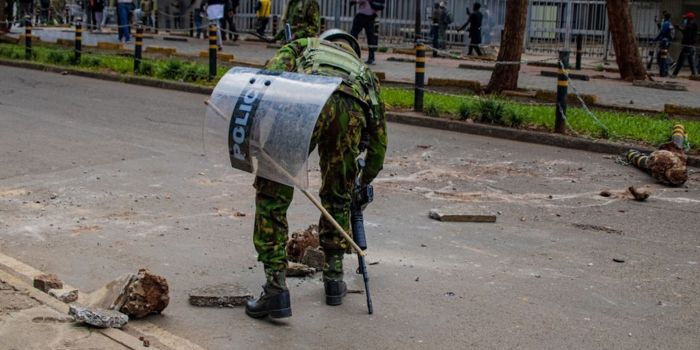The Independent Policing Oversight Authority (IPOA) has ignited a firestorm after launching a nationwide investigation into the conduct of police officers during the explosive June 25 protests. The protests, held in memory of those killed during last year’s anti-Finance Bill demonstrations, saw massive turnouts across 24 counties and were marked by violent clashes between police and protesters, many of whom were from Kenya’s Gen Z generation.
In a strongly worded statement released Thursday, IPOA confirmed it had deployed monitoring teams across the country to assess how the National Police Service handled public order during the protests.
“As per Section 6(c) of the IPOA Act, the Authority this morning launched nationwide monitoring operations to observe police conduct during the demonstrations,” the report reads. “We also partnered with the Kenya National Commission on Human Rights (KNCHR) to strengthen real-time monitoring efforts.”
Initial IPOA figures placed the protest death toll at 8, but the Kenya Human Rights Commission (KHRC) later updated the number to 11. Among the injured were at least 207 citizens, some suffering from gunshot wounds. Police officers were also wounded during confrontations with demonstrators, highlighting the intensity of the clashes.
📰 Also Read This:
Authorities also confirmed the arrest of 61 suspected protesters across the country. However, IPOA raised concerns about the infiltration of the demonstrations by criminal elements, warning that looters and violent actors had mingled with peaceful demonstrators, increasing the risk of chaos.
Perhaps most alarming was IPOA’s preliminary finding that law enforcement officers used excessive and varied force to disperse crowds, ranging from tear gas and water cannons to live bullets, whips, and batons.
Multiple videos circulated online showing heavily armed police allegedly brutalizing unarmed civilians. In some instances, protesters retaliated, with one police officer reportedly hospitalized after being physically assaulted by a crowd.
IPOA further criticized the concealment of police officers’ identities, calling it a direct violation of constitutional provisions requiring transparency and accountability in law enforcement.
Nairobi’s Central Business District was ground zero for the protests, with protesters and police locked in hours-long running battles. Businesses shuttered, public transport was halted, and citizens were left scrambling for safety as tear gas and water cannons engulfed the streets.
Commercial and public services were severely disrupted, and the air of fear gripped many parts of the city and beyond.
With pressure mounting from both the public and human rights groups, IPOA’s investigation could mark a pivotal moment in Kenya’s long-standing struggle with police accountability. Whether the probe will lead to real change or fade into bureaucratic silence remains to be seen.
For now, many Kenyans, especially the youth, are demanding justice, transparency, and a reformed police force that respects the rights of the people it is sworn to protect.










